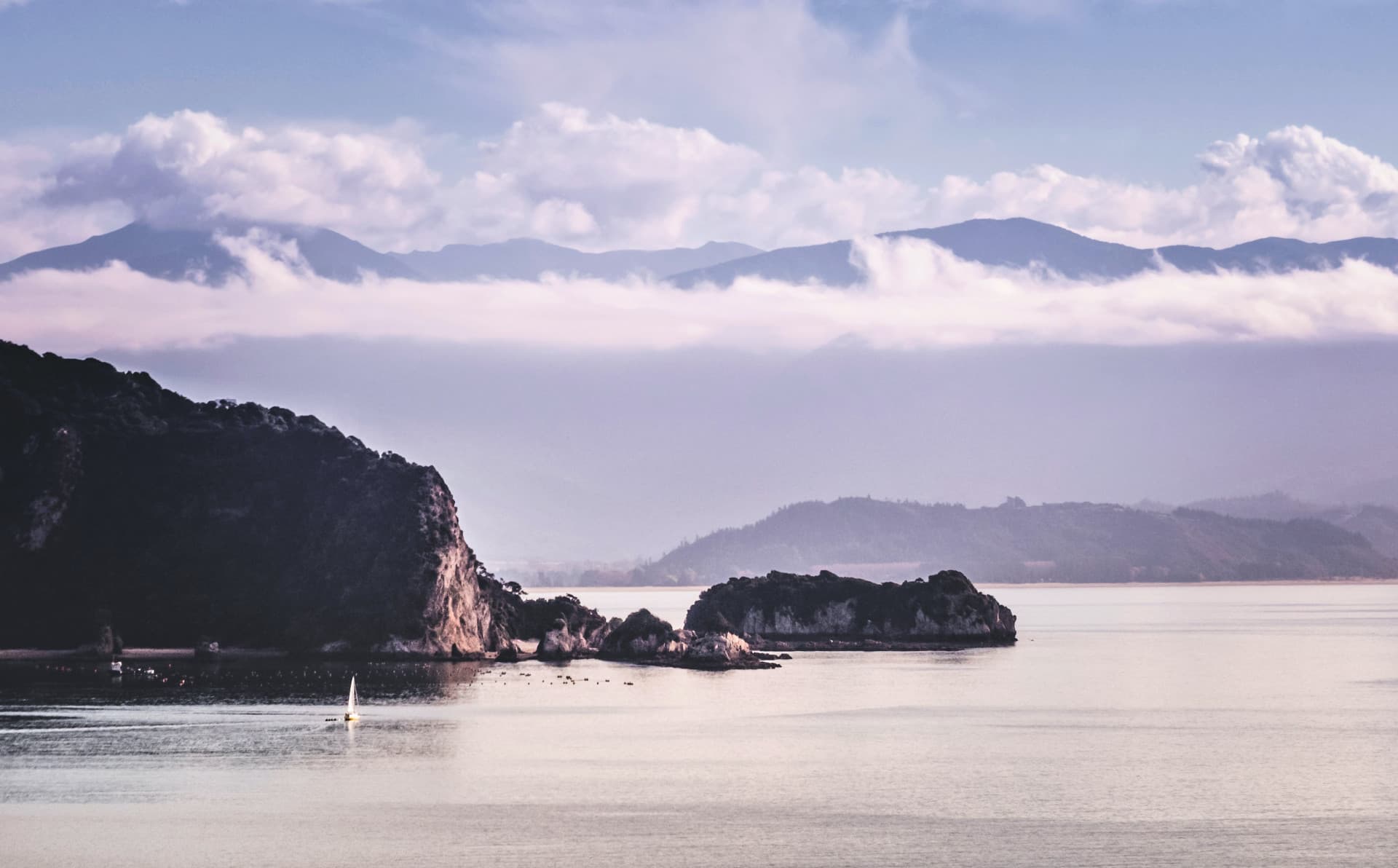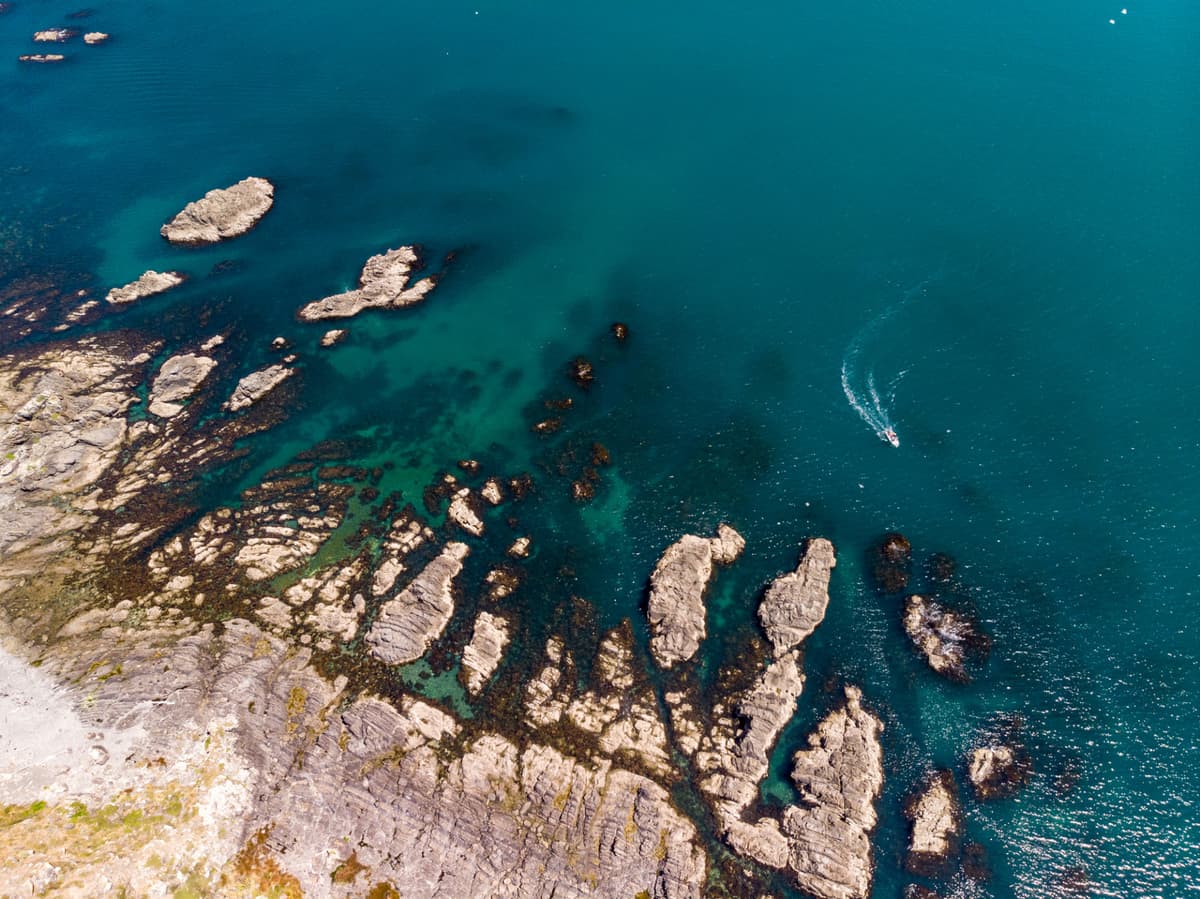

Posted on Monday 17 April 2023
A collaborative research project by Fisheries New Zealand (FNZ) and Sustainable Seas National Science Challenge has explored how mapping and modelling tools can support multi-species finfish management, with a case study focused on the Tasman and Golden Bay snapper fishery.
The project report, ‘Exploring the use of a system diagram and multi-variate analysis to understand multi-species complexes in fisheries’, included input from FNZ, the Department of Conservation, Nelson City Council and Tasman District Council, and fishers in Fisheries Management Area (FMA) 7. Oversight was provided by a kaumātua with extensive local knowledge. Collectively, the group provided knowledge and experience of customary, commercial and recreational fishing, marine environment and species conservation, local government policy and community values.
Project coordinator Eric Jorgensen says the group workshops provided valuable “on the ground” perspectives. “It was people who have an interest in the same place, but we’re all doing different things. There’s a management responsibility and we need to build an understanding of each other’s values and what is positively and negatively affecting those values.”
Snapper was the primary/target species, while five other species were also chosen for analysis because they are often caught alongside snapper: tarakihi, John Dory, red gurnard, rig, and flatfish (in general). The group considered the species’ biology, habitats and stressors, as well as fishers’ activities, economic drivers, and FNZ management.
Several mapping and modelling methods were explored, including a system (causal loop) diagram. The diagram was used to visualise the relationships between fish and habitats, as well as between fishers and fish. The data showed that there has been a large increase in snapper populations in FMA7 in the past 10-15 years, due to internal interactions and external impacts. Previously, flatfish were the main target species.
Eric Jorgensen says a range of insights into trends over time were highlighted by the system diagram.
“Going through the systems mapping exercise, you start to understand the different links. You start to see that, yes, when we trawl for snapper, we have some impact on the habitat. But that's not the only habitat impact. The mapping provides a bedrock foundation for future work.”
To build on these insights, multi-variate analysis (MVA) was used to understand the patterns and similarities displayed by multiple species. MVA can inform which species to manage together or highlight which characteristics of those species need further study. It also takes into consideration issues that can affect fish abundance, such as climate change.
“We need to understand all of those intersections across the species, to support management decisions,” says Eric Jorgensen.
An agent-based model (ABM) was also created to explore our understanding of the relationships between the species, fishers, and the environment. ABM is a computer simulation that models the actions of multiple agents, such as snapper and fishers, and how they interact with each other and their environment.
Collaborative modelling tools (known as socio-ecological modelling) can improve analysis, as well as identifying knowledge gaps. The modelling tools are part of a broader initiative by Sustainable Seas to develop ecosystem-based management (EBM) in marine management. EBM brings together experts with diverse knowledge and experience to collaborate on holistic and inclusive management of marine environments and the competing uses for, demands on, and ways that New Zealanders value them.
Eric Jorgensen says studying the variables and commonalities of multiple species leads to a deeper understanding of the marine ecosystem, as well as stronger bonds in the community.
“Those conversations that happen around the table, they help build relationships. They allow us to get some insight into the abilities and constraints of different parties. So for instance, people that aren't part of the commercial fishing industry get a much greater understanding of the operating environment for fishers – such as the price of fuel and how that drives their ability to fish.
“These types of processes can help get everyone involved in terms of looking after a [particular] place. Looking after places also means looking after people.”
View the report for more information.
